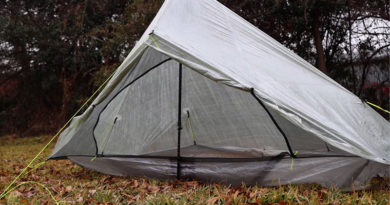How to Prevent Tick-Borne Diseases while Hiking?
Good morning Hikers. It is still cold outside. Today we are discussing something very important. Ticks. The increase of tick borne disease from 2016 to 2017 is startling. Hence, we all need to know what to do because we are going to be in the woods, brushing up against weeds and grass and rocks and things. (I am still in the desert on a horse with no name). I digress.
So, how to prevent tick borne diseases?
Health officials warn that the United States is not fully prepared to control the rising threat of tick-related diseases.
We have to be because it CAN take us off trail.
The CDC says better methods are needed to prevent tick bites and to control ticks and the diseases they spread. In the meantime, we need to follow these steps to help protect ourselves from ticks:
Avoid wooded and areas with high grass and leaf litter! (hard to do) Walk in the center of trails. Use repellents that contain 20 to 30 percent DEET on exposed skin and clothing. This will give you several hours of protection.
Spray permethrin on your clothing (NOT ON UNDERWEAR) gear, boots, pants, socks, backpacks and tents.
Bathe or shower as soon as possible after coming indoors (preferably within two hours) to wash off chemicals and to find ticks that are crawling on you.
Conduct a full-body tick check using a hand-held or full-length mirror to view all parts of your body at the end of each hiking segment. (Day or partial day) Examine your clothing, gear, and each other for ticks.
Please plan to spray your gear every 30 days or more if a lot of rain. (Who are we joking? It is the Appalachian Rain Forest!) Of course, you can’t carry it with you all the time but get with your tramily and plan for a shared spraying of gear often. $10.00 can spray 4 -5 hikers gear.
Be vigilant and do what you can to prevent Lyme disease from taking you down! Now, get out there and hike to Katahdin, Springer or Harpers Ferry, where ever your trail ends.




